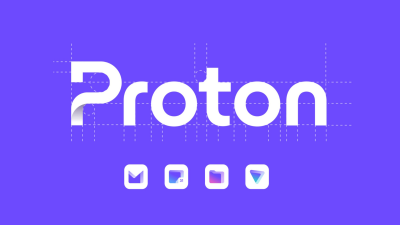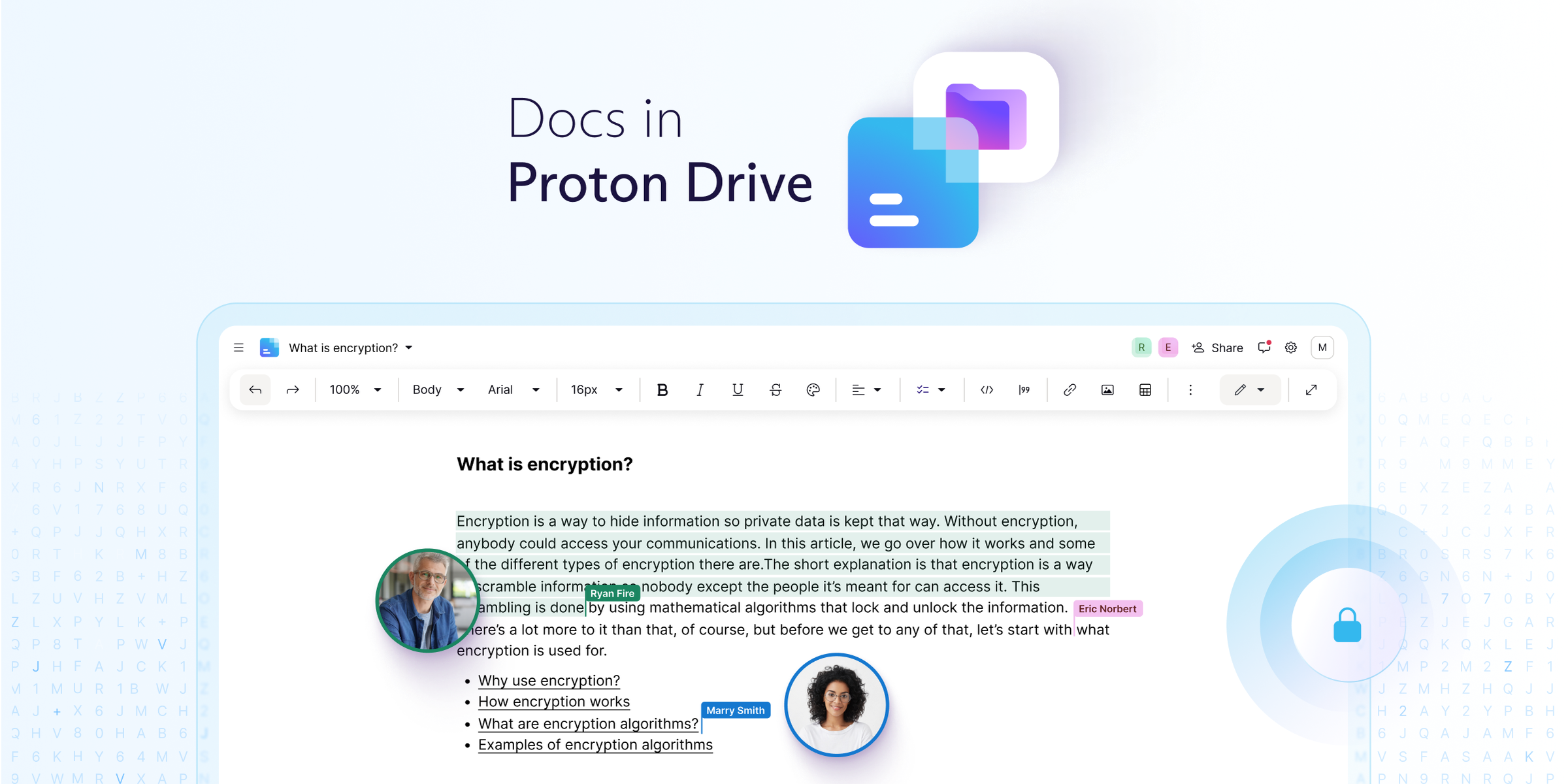Proton has officially launched Docs in Proton Drive, a new web-based productivity app that gives you access to a fully-featured text editor with shared editing capabilities and full end-to-end encryption. It’s meant to take on Google Docs—one of the leading online word processors in the world, and make it more convenient to use Proton’s storage service. But how exactly does Proton’s document editor compare to Google’s? Here’s what you need to know.
Docs in Proton Drive has a familiar face
On the surface, Docs in Proton Drive—or Proton Docs as some folks have begun calling it for simplicity’s sake—looks just like Google Docs. And that’s to be expected. Text editors don’t have much reason to stray from the same basic “white page with a bunch of toolbars” look, and they all offer the same types of tools like headlines, bullet points, font changes, highlighting, etc.
[…]
The difference isn’t in the app itself
[…]
Proton has built its entire business around the motto of “privacy first,” and that extends to the company’s latest software offerings, too. Docs in Proton Drive includes complete end-to-end encryption—down to your cursor movements—which means nobody, not even Proton, can track what you’re doing in your documents. They’re locked down before they even reach Proton’s servers.
This makes the product very enticing for businesses that might want to keep their work as private as possible while also still having the same functionality as Google Docs—because Proton isn’t missing any of the functionality that Google Docs offers, aside from the way that Google Docs integrates with the rest of the Google Suite of products.
That’s not to say that Google isn’t secure. Google does utilize its own level of encryption when storing your data in the cloud. However, it isn’t completely end-to-end encrypted, so Google has open access to your data. Google says it only trains its generative AI on “publicly accessible” information, and while that probably won’t affect most people, it is a pain point for many, especially as the company does make exceptions for features like Smart Compose.
That worry is why products with end-to-end encryption have become such a commodity in recent years—especially as cybersecurity risks continue to rise, meaning you have to trust the companies who store your data even more. Proton’s advantage is that it promises to NEVER use your content for any purpose—and those aren’t empty words. Because the company doesn’t have access to your content, it couldn’t use it even if it wanted to.
[…]
Source: Why You Should Consider Proton Docs Over Google | Lifehacker










